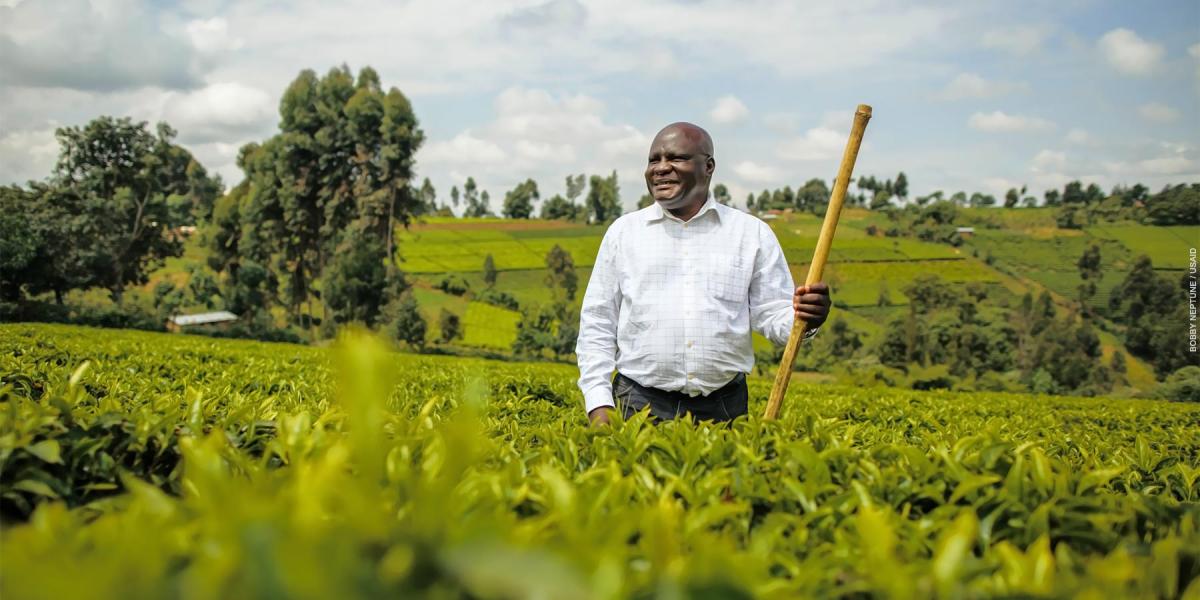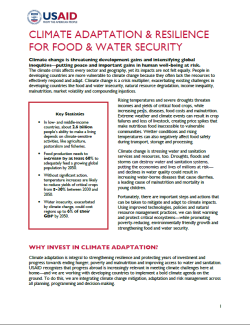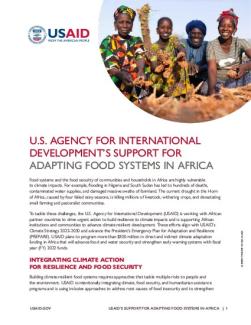Climate Adaptation
Strengthening the Resilience of Vulnerable Populations to the Impacts of Climate Change

Bobby Neptune / USAID
Climate change is devastating communities around the world. From droughts and floods, more intense storms, increasing temperatures and rising sea levels, climate impacts are pervasive across sectors and geographies—disproportionately affecting the most vulnerable populations and exacerbating injustices. Not only does climate change pose new risks, it aggravates existing social, economic, and environmental pressures like urbanization, land use change, and environmental degradation.
USAID supports climate adaptation across the countries and regions where USAID works.
Featured Page
Our Approach
USAID helps communities prepare for climate change and manage its impacts, all while protecting critical development gains. Addressing climate risk in these communities requires adding a climate-lens to development efforts, by improving the availability, quality and use of weather and climate information available to decisionmakers. It also requires integrating climate adaptation measures into governance, planning, and budgeting processes to ensure equitable, climate-resilient outcomes.
Adaptation programming that is specific to local needs protects lives, promotes productive livelihoods, and supports resilient ecosystems. USAID puts this into practice by working with partners on the ground to develop, implement, and disseminate research, tools, and best practices to decisionmakers and other local actors in sectors that are prone to damaging effects from the climate crisis—like agriculture, health, water, and natural resource management. To support these sectors and communities, USAID mobilizes finance for adaptation through blended finance and green bonds to support resilient urban infrastructure, and provides assistance to partner countries to independently monitor and manage climate-related risks.
An integral part of USAID’s operations is the systematic incorporation of the climate risk management process—the process of assessing, addressing, and adaptively managing climate risks—in the design of all programs and strategies to improve their impact and sustainability.















